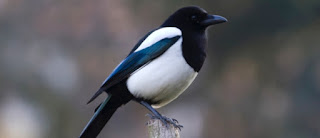Lead poisonings most unheard of victim - the mute swan.

Mute swan. Mute swan. On campus there are a few mute swans that can be seen on the lake. The scientific name for the mute swan is Cygnus olor and they are in the bird family ducks, geese and swans. As all UK birds they are protected under The Wildlife and Countryside Act of 1981 but this hasn't protected them completely and thus them having an amber UK conservation status. They are very large white waterbirds and are easily recognisable by their long S-shaped neck and orange bill. Protection of the species has increased recently meaning their numbers have begun to increase again. Lead poisoning on lowland rivers was one of the largest threats to swans but in recent years this has been overcome by a ban on lead fishing weights. There are around 6,400 breeding pairs in the UK and 74,000 UK wintering individual birds. Swans are large birds weighing up to 12 kg and having a wing span of over 2 meters. The main diet of a mute swan includes aquatic vegetation which they...

















